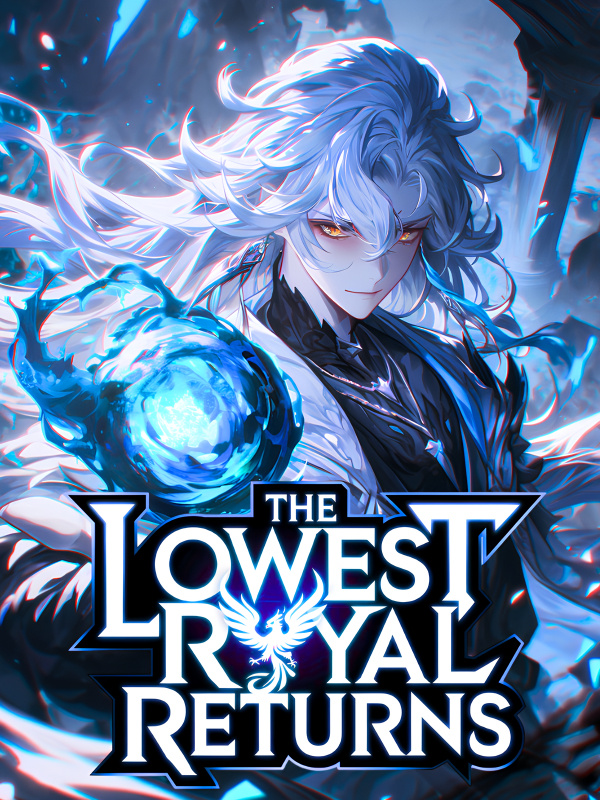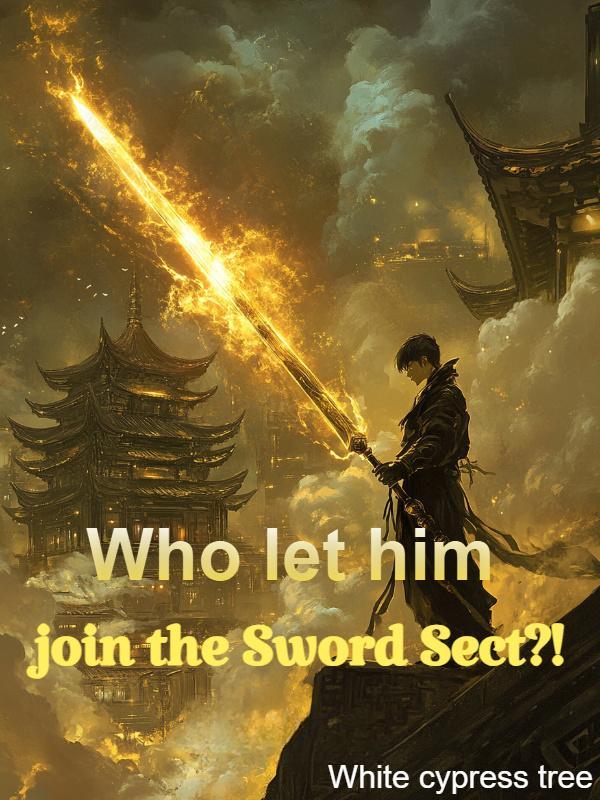Surgery Godfather-Chapter 585 - 533: Camel Man
Chapter 585: Chapter 533: Camel Man
The impatient dean didn’t break his word as he assembled all the hospital resources to treat Dashun.
Due to Dashun’s severe hypoproteinemia, he required human serum albumin. As the capital hospital lacked this, he urgently acquired twenty bottles of human serum albumin from the Royal Hospital in Muscat.
The capital hospital had no nutritionist, so Dean Aleph hired one temporarily through his connections to specifically configure enteral nutrition for Dashun.
Every day, he personally attended Dashun’s daily condition briefing.
Dashun was quite lucky, having the entire ICU to himself for several days in a row.
On the fifth post-operative day, his body temperature stabilized.
On the sixth day, Dashun woke up.
On the seventh day, the tracheal intubation was pulled out.
On the eighth day, he opened his eyes and began to talk.
To show their gratitude to Dean Aleph and the capital hospital, Yang Ping, Robert, Li Zehui, and Dodge organized a ten-stage surgical training course at the hospital.
After the completion of the first stage of the training course.
Upon learning that Yang Ping’s main specialty was orthopedics, Dean Aleph quickly recommended a very rare patient case to him: The Camel Man!
The patient resided in the Zufar province and had been treated at the Royal Hospital. Due to the complexity of the surgery, there wasn’t a doctor in Oman who would undertake it.
The Royal Hospital had also sent the patient’s data to doctors in Europe and America for virtual consultation, but to no avail.
"Feida, Feida!"
Dean Aleph called over the Orthopedics Director, Feida:
"Please go and get that little girl’s information!"
Her case was first diagnosed at the capital hospital in Zufar. Unable to treat her, they referred her to the Royal Hospital. After bouncing around from the Royal Hospital to doctors in Europe and America, this eighteen-year-old girl ended up back at her circus in Zufar.
No one knew how to perform the surgery!
Director Feida brought the films from his office into the meeting room and hung them on the light box for everyone to see.
The images were of a full-body CT scan to reconstruct the skeletal structure.
At first glance, the entire skeleton resembled that of a reptile.
"Genu recurvatum disease?"
Yang Ping recognized the peculiar image at first glance.
"Correct, this is Genu recurvatum disease. Have you ever come across a case like this, Professor Yang?"
Although Director Feida, who was in his fifties, attended numerous academic seminars about this case and had engaged in teleconsultations with experts from Europe and America, there was still no clear operative plan after all the discussions.
Yang Ping shook his head. The disease was scarce, so how could he possibly have encountered it in reality?
"During my time in orthopedics, I researched this disease and am quite familiar with it through literature."
In reality, there were very few documents on this disease.
"Doctors at the Royal Hospital have been in contact with some specialists from Europe and America, but they have no suitable plan. Treating only the knee joint deformity would have been feasible, but her deformities are too complex for her to be able to walk upright, and no one has surgical experience for this."
Being able to count the number of worldwide cases on one hand, it would be entirely normal for nobody to have experience.
Genu recurvatum disease, also known as "Camel Person," causes the knee joint in both lower limbs to reverse, turning forward and backward.
This way, the patient cannot walk like a normal person and can only crawl like an animal using all four limbs. Their entire body shape is like that of a camel, hence the name.
Yang Ping pointed to the CT reconstruction image on the viewbox screen and said:
"Both hip joints are severely underdeveloped, the knee joints have dorsal deformities, the ankle joints have in-turned deformities, and the forefoot also has the same deformity. The femur and tibia show bow-shaped deformities. To restore the ability to walk normally, artificial joint replacements have to be performed at the hip joints and knee joints, corrective fusion at the ankle joints, reshaping of the arch of the foot, osteotomy at the femur and tibia, relocation of nerves and blood vessels from the anterior to the posterior of the knee joint, and reconstruction of the trajectory pathway of the lower limb. The weight of the body needs to pass down the spine, through the sacroiliac joints on both sides, to the head of the femur, and then along the vertical line of the lower limb to the mechanical center of the arch of the foot."
This surgery, the simple replacement of the knee joint alone, requires highly skilled surgical techniques.
Not to mention the combination of a series of surgeries together to achieve a common goal: upright walking!
The combination of such surgeries becomes exceptionally complex with the aim of being able to stand upright.
"Do the knee and hip joints need to have a soft tissue balance? For the body to adapt to an upright state?" Robert asked.
Yang Ping nodded: "Humans evolved from four-legged crawling to upright walking over millions of years. We now need to perform a surgical procedure to help her stand upright. It’s not as simple as straightening the limbs; they need to adjust to the function of upright walking after straightening. That’s the core of the problem. The whole process requires a comprehensive surgical plan."
"Can she hope to stand up?" Dean Alef was curious.
"Using digital simulation technology to do biokinetic modeling of the entire skeleton, then using the model to find the trajectory. With 3D printing technology to print out the entire skeleton and then trial surgery. Continually verify in multiple trials, whether the trajectory found by the computer is optimal; find the best way to reconstruct it, all surgeries are optimized around the core of the trajectory. Of course, to achieve the goal, the artificial joints must be personalized."
Yang Ping briefly outlined the surgery plan. As for the details, they cannot be determined yet.
"Professor Yang’s surgeries were the main force for many seemingly impossible surgeries, such as the rescue of the half-man in trauma surgery, the folding man in the scoliosis and joint correction, and shoulder and knee ligament reconstruction in sports medicine."
Robert believed that Yang Ping is omnipotent. This kind of surgery, Yang Ping will definitely perform.
Orthopedic correction surgery, this was Yang Ping’s main field of work, old but gold.
Dean Alef was about to ask Yang Ping if he was sure about the surgery, Yang Ping said:
"Where’s this girl, bring her to me to see, there’s a big chance she’ll be able to stand up."
Dean Alef and Director Feida had never heard such confident words before. The impatient Dean said:
"We’ll contact her right away and arrange for a car to pick her up. She works in a circus in our city of Serrai, Feida, you go pick her up yourself, right now, this afternoon, so Professor Yang can see her."
Director Feida knew that the dean was a man in a hurry. He didn’t dare to delay and immediately set out to accomplish the task.
After the class, Yang Ping went to the ICU to visit Da Shun who was being fed porridge by the nurse.
After visiting Da Shun, Er Shun took Yang Ping and his group to have lunch.
Upon reaching the bottom of the hospital building, they ran into a few people waiting for Er Shun.
These people were all Arabians, either military personnel or police officers.
They had all come to visit Da Shun, but he was in ICU and they had no authorization to visit, so everyone asked Er Shun about the patient’s condition.
Er Shun said, these are Da Shun’s students, members of the Oman Special Force.
His brothers were a bit famous in the military and police circles here in the Middle East. Many countries invited them to teach their special forces or SWAT team Wing Chun, as part of civil exchange.
Yang Ping found it strange, Wing Chun? Wasn’t it said that traditional martial arts were declining? Why are these countries’ special forces interested in Wing Chun?
Er Shun said with interest: "Professor Yang, Wing Chun is actually not very famous in China, but it is very famous abroad. A Wing Chun disciple named Leung Ting introduced Wing Chun to all of Europe and became a trainer for special forces in many European countries. For example, the martial art used by German special forces is Wing Chun, the only traditional Chinese martial art that has been modernized and is especially suited to the battlefield due to soldiers carrying various weapons and weights. Many competitive martial arts are difficult to use effectively, whereas Wing Chun is the opposite, and is very suitable for this kind of combat situation. In Germany, Wing Chun has almost become their national martial art, Leung Ting’s student Emin Boztepe, is considered the world’s best Wing Chun practitioner, undefeated in four hundred standing fights, publicly challenged the Gracie family, but no one dared to accept. His modified Wing Chun is very fierce!"
Yang Ping had never heard that traditional Chinese martial arts had such glory and was rather interested:
"Teach me some time, I also want to learn martial arts for fitness and self-defense."
"Professor Yang, if you want to learn, I’ll teach you tomorrow."
Er Shun always saw Yang Ping as a life-saving benefactor, who saved his brother’s life as if saving his own.
In the afternoon, in the Orthopedic Ward of the capital’s hospital, Yang Ping met the eighteen-year-old girl.
She was wearing a traditional Omani outfit, moving around on the ground with the help of all four limbs.







